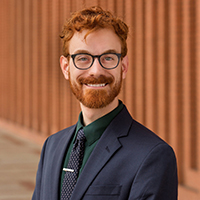
Adrianna Kezar and Daniel Scott: Presidential leadership key to development of new faculty models
This blog post, authored by Pullias Center co-director Adrianna Kezar and research assistant Daniel Scott, was originally published in Higher Education Today, a blog by American Council on Education, April 18, 2018.
As college and university presidents face a plethora of challenges, the need to address contingent faculty roles and related work policies is growing in urgency.
The shift to non-tenure-track faculty models over the past four decades has been significant and well-documented. Yet some trailblazing campuses have made progress in redesigning faculty roles to address the problems associated with the current contingent model as well as in adjusting tenure-track faculty roles, and more and more campuses are taking up the task to better serve their missions and to ensure student success. The problems of the adjunct and tenure-track models have been detailed in earlier studies summarized on the Delphi Project website as well as in our report Adapting by Design.
The current two-tier system of faculty roles is broken. The adjunct faculty originally hired to accommodate new and expanding institutions and program types after World War II were practitioners in their fields seeking to teach classes based on their professional expertise, in supplement to permanent faculty. This was enriching for professional and vocational students and beneficial to already employed adjuncts who found other advantages in teaching alongside their day jobs.
Read the rest of this blog post on Higher Education Today.
.
Adrianna Kezar is the co-director of the Pullias Center for Higher Education at the University of Southern California. Daniel Scott is a research assistant at the Pullias Center.